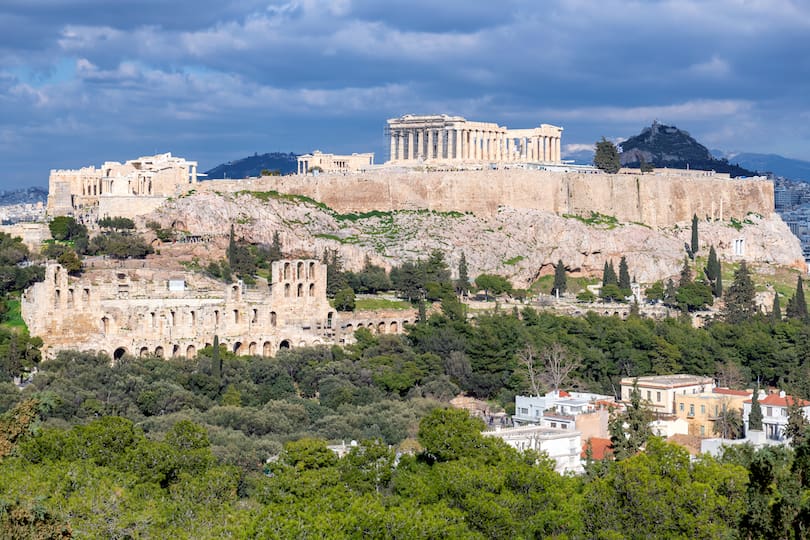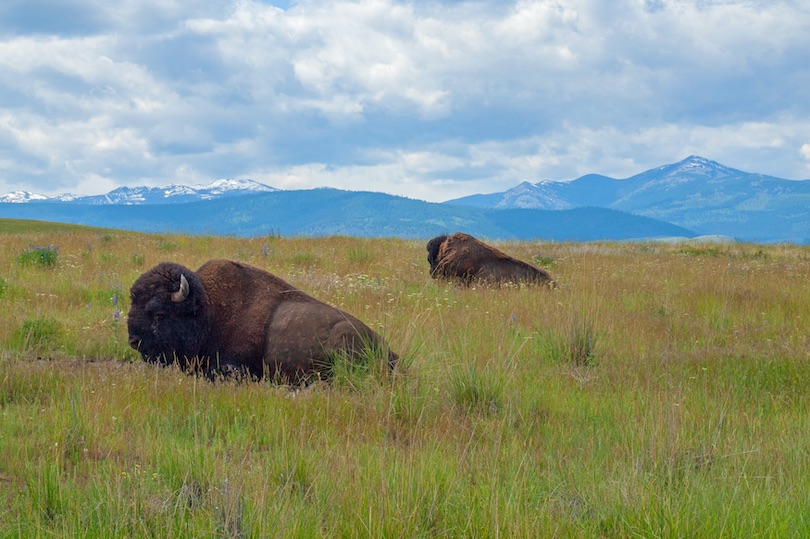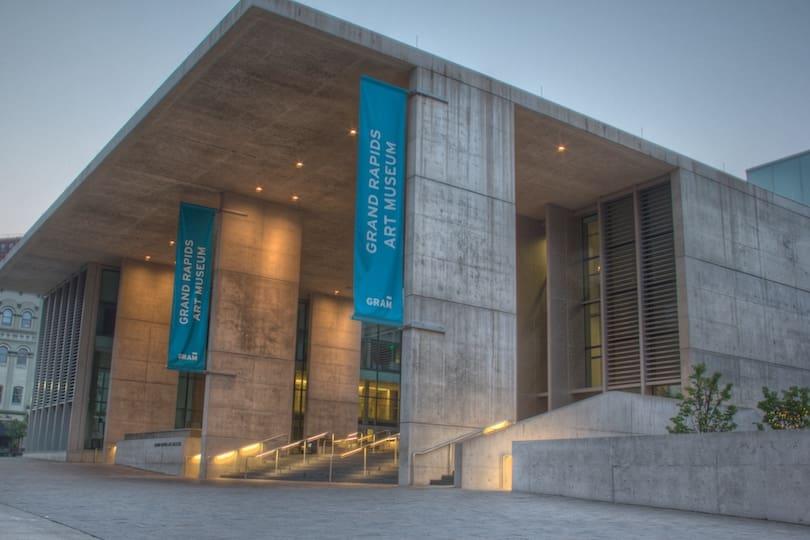Gurudwara Sri Tarn Taran Sahib, located in the city of Tarn Taran near Amritsar, Punjab, is one of the most revered and spiritually significant shrines in Sikhism. Established by Guru Arjan Dev Ji, the fifth Sikh Guru, this holy site holds a special place in the hearts of millions of devotees worldwide. Known for its sacred sarovar (holy tank) , which is believed to possess healing properties, and its rich historical legacy, Gurudwara Sri Tarn Taran Sahib attracts pilgrims from across the globe. This article delves into the history, architecture, spiritual significance, and cultural importance of this sacred gurudwara, offering a comprehensive understanding of why it remains a cornerstone of Sikh faith and tradition.
Historical Background: The Foundation of Gurudwara Sri Tarn Taran Sahib
Establishment by Guru Arjan Dev Ji
Gurudwara Sri Tarn Taran Sahib was founded in 1590 by Guru Arjan Dev Ji during his travels through the region. According to Sikh history, Guru Arjan Dev Ji visited the area at the request of Bibi Bhani Ji, his mother, who had a vision of a holy site surrounded by water. Upon arriving, he discovered a natural pond and decided to transform it into a sacred sarovar, symbolizing purity and spiritual cleansing.
The name “Tarn Taran” translates to “the boat that saves you from the cycle of birth and death,” reflecting the belief that bathing in the sarovar brings salvation and divine blessings. Over time, the gurudwara became a focal point for Sikh worship and community gatherings, embodying the principles of humility, service, and devotion.
Role During Turbulent Times
Throughout its history, Gurudwara Sri Tarn Taran Sahib has played a crucial role in safeguarding Sikh values and protecting the community during times of persecution. During the Mughal era, the gurudwara served as a refuge for Sikhs fleeing oppression. Its strategic location and fortified structure made it a sanctuary for those seeking safety and solace.
In the early 20th century, the gurudwara underwent extensive renovations under the leadership of the Shiromani Gurdwara Parbandhak Committee (SGPC), ensuring its preservation for future generations. Today, it stands as a testament to the resilience and unwavering faith of the Sikh community.
Architectural Marvel: The Design and Structure of the Gurudwara
The Central Shrine
The main shrine of Gurudwara Sri Tarn Taran Sahib is an architectural masterpiece that reflects the simplicity and grandeur of Sikh design. Built in traditional Indo-Islamic style, the gurudwara features intricate carvings, domes, and arches adorned with gold and marble. The sanctum sanctorum houses the Guru Granth Sahib, the eternal scripture of Sikhism, which is revered as the living embodiment of the ten Sikh Gurus.
The Holy Sarovar
At the heart of the complex lies the sprawling holy sarovar , which is the largest among all Sikh shrines. Spanning over 22 acres, the sarovar is encircled by a marble pathway where devotees perform parikrama (circumambulation) while reciting prayers. Bathing in the sarovar is considered highly auspicious, as it is believed to cleanse sins and bring peace to the soul.
Langar Hall and Community Spaces
Adjacent to the central shrine is the langar hall, where free meals are served daily to thousands of visitors. The concept of langar underscores the Sikh principle of equality, as people from all walks of life sit together on the floor and share a meal. Other facilities include guest accommodations, libraries, and educational centers, fostering a sense of community and learning.
“The waters of Tarn Taran are not just physical; they cleanse the mind and spirit, bringing devotees closer to Waheguru.”
Spiritual Significance: A Place of Healing and Devotion
Healing Powers of the Sarovar
One of the most remarkable aspects of Gurudwara Sri Tarn Taran Sahib is the belief in the healing properties of its holy waters. Pilgrims suffering from ailments, both physical and emotional, come here seeking relief and divine intervention. Many claim miraculous recoveries after taking a dip in the sarovar, attributing their healing to the blessings of Guru Arjan Dev Ji.
The sarovar also serves as a metaphor for spiritual purification. Just as water cleanses the body, meditation and prayer cleanse the soul, helping individuals overcome worldly attachments and attain inner peace.
Daily Prayers and Kirtan
The gurudwara resonates with the melodious sounds of kirtan (devotional singing) throughout the day. Morning and evening prayers, accompanied by traditional instruments like the harmonium and tabla, create an atmosphere of serenity and devotion. These sessions provide an opportunity for devotees to connect with the divine and reflect on the teachings of the Gurus.
Special Occasions and Festivals
Gurudwara Sri Tarn Taran Sahib hosts several religious festivals and events that draw large crowds. Among these, Maghi Mela , celebrated in January, is particularly significant. Thousands of pilgrims gather to commemorate the martyrdom of the Forty Immortals (Chali Mukte), who sacrificed their lives for Guru Gobind Singh Ji. The event includes processions, akhand paths (continuous readings of the Guru Granth Sahib), and vibrant cultural programs.
Cultural Importance: A Hub of Community and Tradition
Promoting Unity and Service
Beyond its religious significance, Gurudwara Sri Tarn Taran Sahib plays a vital role in promoting social harmony and community service. Volunteers, known as sevadars, work tirelessly to ensure the smooth functioning of the gurudwara, from cooking langar to maintaining cleanliness. This spirit of selfless service (seva) is deeply ingrained in Sikh philosophy and inspires countless individuals to contribute positively to society.
Educational Initiatives
The gurudwara also emphasizes education and moral development. Classes on Gurbani (Sikh scriptures), Punjabi language, and Sikh history are conducted regularly to instill a deeper understanding of the faith among younger generations. Such initiatives help preserve Sikh traditions and ensure their continuity in modern times.
Tourism and Global Outreach
As a major tourist destination, Gurudwara Sri Tarn Taran Sahib welcomes visitors from diverse backgrounds, fostering cross-cultural exchange and mutual respect. Guided tours, literature, and digital platforms enable people worldwide to learn about Sikhism and its core values. This global outreach strengthens the bond between the Sikh community and the broader world.
Exploring Nearby Attractions: Enhancing Your Pilgrimage
Amritsar: The Spiritual Capital
Just a short distance away lies Amritsar, home to the Golden Temple (Harmandir Sahib), the holiest shrine in Sikhism. A visit to Amritsar complements the pilgrimage to Tarn Taran, allowing devotees to immerse themselves fully in the spiritual essence of Sikhism.
Wagah Border Ceremony
For those interested in witnessing a unique blend of patriotism and pageantry, the Wagah Border ceremony between India and Pakistan is a must-see. Held daily at sunset, this military display showcases the camaraderie and discipline of soldiers from both nations.
Jallianwala Bagh Memorial
A poignant reminder of India’s struggle for independence, Jallianwala Bagh commemorates the tragic massacre of unarmed civilians by British forces in 1919. The memorial serves as a powerful symbol of resilience and freedom.
FAQs About Gurudwara Sri Tarn Taran Sahib
- What is the best time to visit Gurudwara Sri Tarn Taran Sahib?
Winter months (October to March) offer pleasant weather for visiting. - Is there an entry fee to visit the gurudwara?
No, entry is free for everyone. - Can non-Sikhs bathe in the sarovar?
Yes, people of all faiths are welcome to bathe in the holy waters. - Are accommodations available near the gurudwara?
Guesthouses and hotels are available within walking distance. - What should I wear when visiting the gurudwara?
Modest clothing covering shoulders and knees is recommended. - How far is Gurudwara Sri Tarn Taran Sahib from Amritsar?
It is approximately 25 kilometers from Amritsar, reachable by car or bus. - Is photography allowed inside the gurudwara?
Photography is permitted in designated areas but not near the sanctum sanctorum. - What is the significance of Maghi Mela?
Maghi Mela honors the bravery of the Forty Immortals and promotes unity. - Can I volunteer at the gurudwara?
Yes, volunteering opportunities are available for seva. - Is the langar open to everyone?
Absolutely! Langar is served free of charge to all visitors.
















I have read several excellent stuff here. Certainly price bookmarking for revisiting. I surprise how much effort you place to create such a great informative website.
I was reading through some of your articles on this internet site and I think this site is rattling informative ! Continue putting up.
Awsome info and right to the point. I don’t know if this is truly the best place to ask but do you people have any thoughts on where to get some professional writers? Thank you :)